
Aristotelia is a genus of moths in the family Gelechiidae. Well-known species are food plant specialists, and diverse hosts are used – Salicaceae, Solanaceae, Rosaceae, Fagaceae, Fabaceae, Asteraceae.

Condicinae is a subfamily of moths in the family Noctuidae. The subfamily was erected by Robert W. Poole in 1995.

Leucanopsis is a genus of moths in the family Erebidae. The genus was described by Alfredo Rei do Régo Barros in 1956.
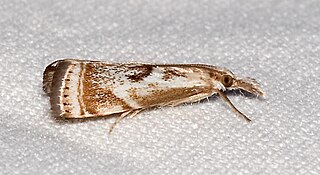
Microcrambus is a genus of moths of the family Crambidae. The genus was described by Stanisław Błeszyński in 1963.

Xubida is a genus of moths of the family Crambidae.

Scoparia is a grass moth genus of subfamily Scopariinae. Some authors have assigned the synonymous taxon Sineudonia to the snout moth family (Pyralidae), where all grass moths were once also included, but this seems to be in error.
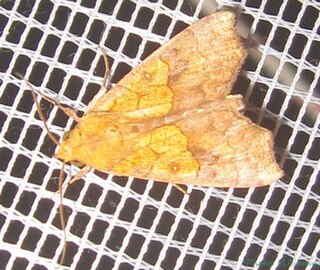
Anomis is a genus of moths in the family Erebidae.
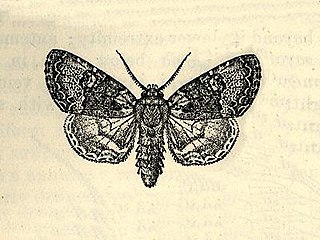
Cropia is a genus of moths of the family Noctuidae. The genus was erected by Francis Walker in 1858.

Dichagyris is a genus of moths of the family Noctuidae. The former genera Loxagrotis, Pseudorichia, Pseudorthosia and Mesembragrotis are now considered subgenera of Dichagyris. From Greek dikha-gyris 'apart, asunder; double' + 'the finest meal or flour'; English pronunciation: /digh-kuh-JIGH-riss/, IPA [dɑj•kə'dʒɑj•ɹɪs].
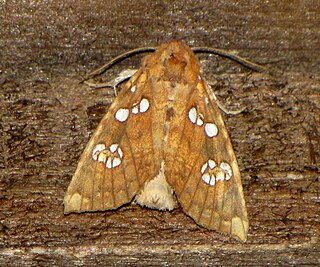
Papaipema is a genus of moths of the family Noctuidae. The genus was erected by John B. Smith in 1899.

Aglossa is a genus of small moths belonging to the family Pyralidae. It was described by Pierre André Latreille in 1796. They are found mainly in western Eurasia, though some species have been introduced elsewhere.

Harrison Gray Dyar Jr. was an American entomologist. Dyar's Law, a pattern of geometric progression in the growth of insect parts, is named after him. He was also noted for eccentric pursuits which included digging tunnels under his home. He had a complicated personal life and along with his second wife he adopted the Baháʼí Faith.
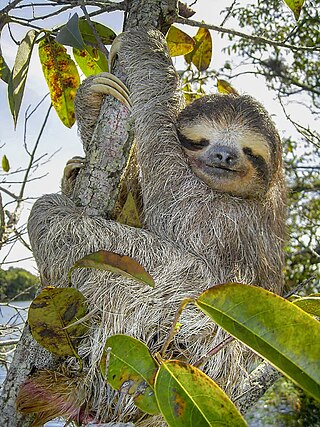
A large number of arthropods are associated with sloths. These include biting and blood-sucking flies such as mosquitoes and sandflies, triatomine bugs, lice, ticks and mites. The sloth’s fur forms a micro-ecozone inhabited by green algae and hundreds of insects. Sloths have a highly specific community of commensal beetles, mites and moths.

The Chrysauginae are a subfamily of snout moths. They are primarily Neotropical and include about 400 described species.

Dioryctria is a genus of snout moths. It was described by Philipp Christoph Zeller in 1846.

Euzophera is a genus of snout moths. It was described by Philipp Christoph Zeller in 1867.
Cryptoses rufipictus is a species of snout moth in the genus Cryptoses. It was described by John David Bradley in 1982 and is known from French Guiana and Brazil.
Cryptoses waagei is a species of snout moth in the genus Cryptoses. It was described by John David Bradley in 1982 and is found in Brazil.

Zophodia is a genus of snout moths in the subfamily Phycitinae. It was erected by Jacob Hübner in 1825.
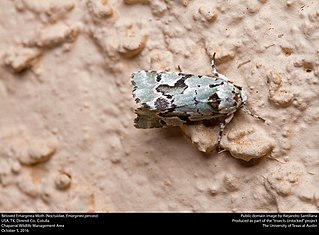
Psaphidini is a tribe of owlet moths in the family Noctuidae. There are at least 40 genera and at least 90 described species in Psaphidini.
















